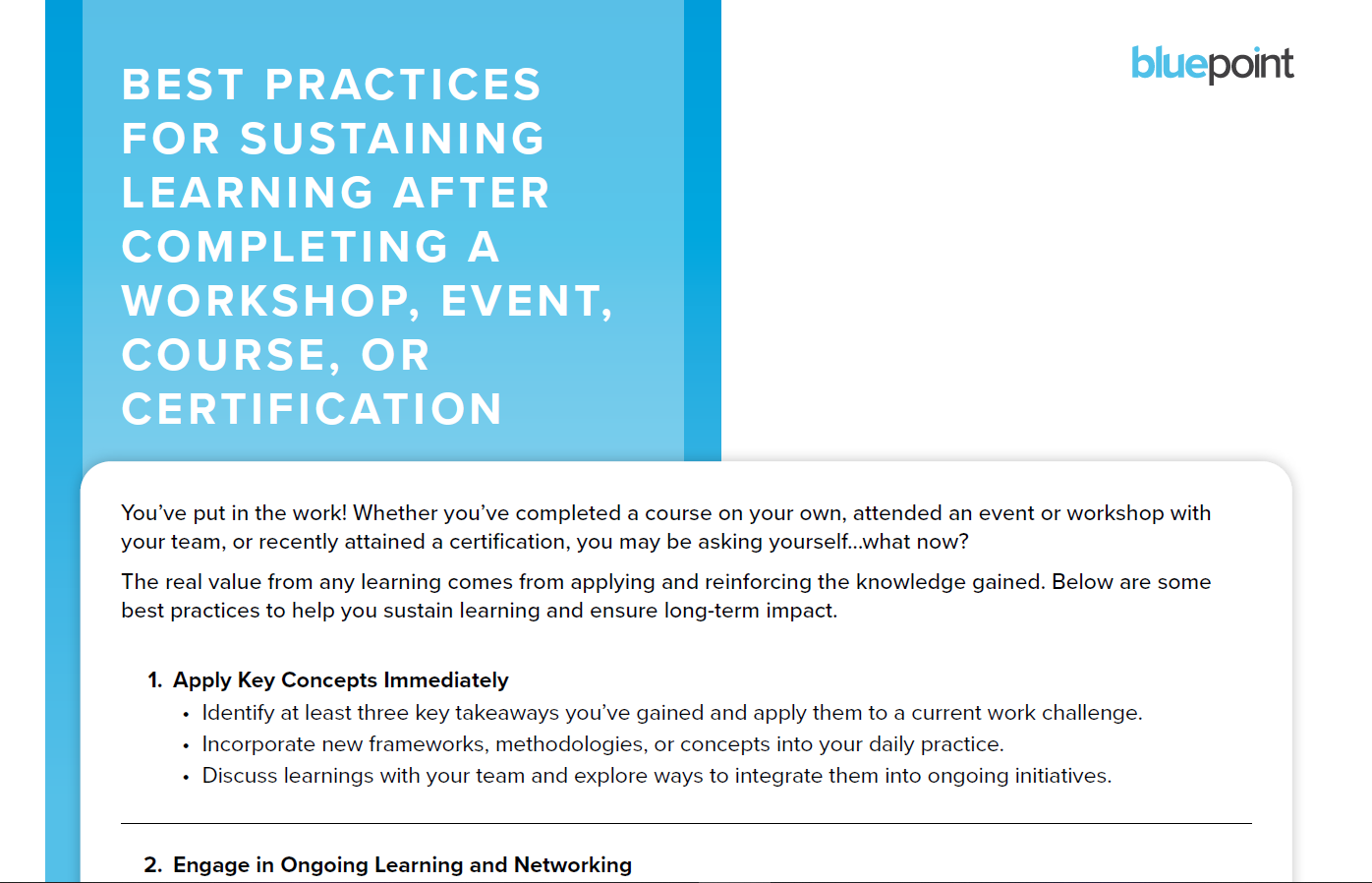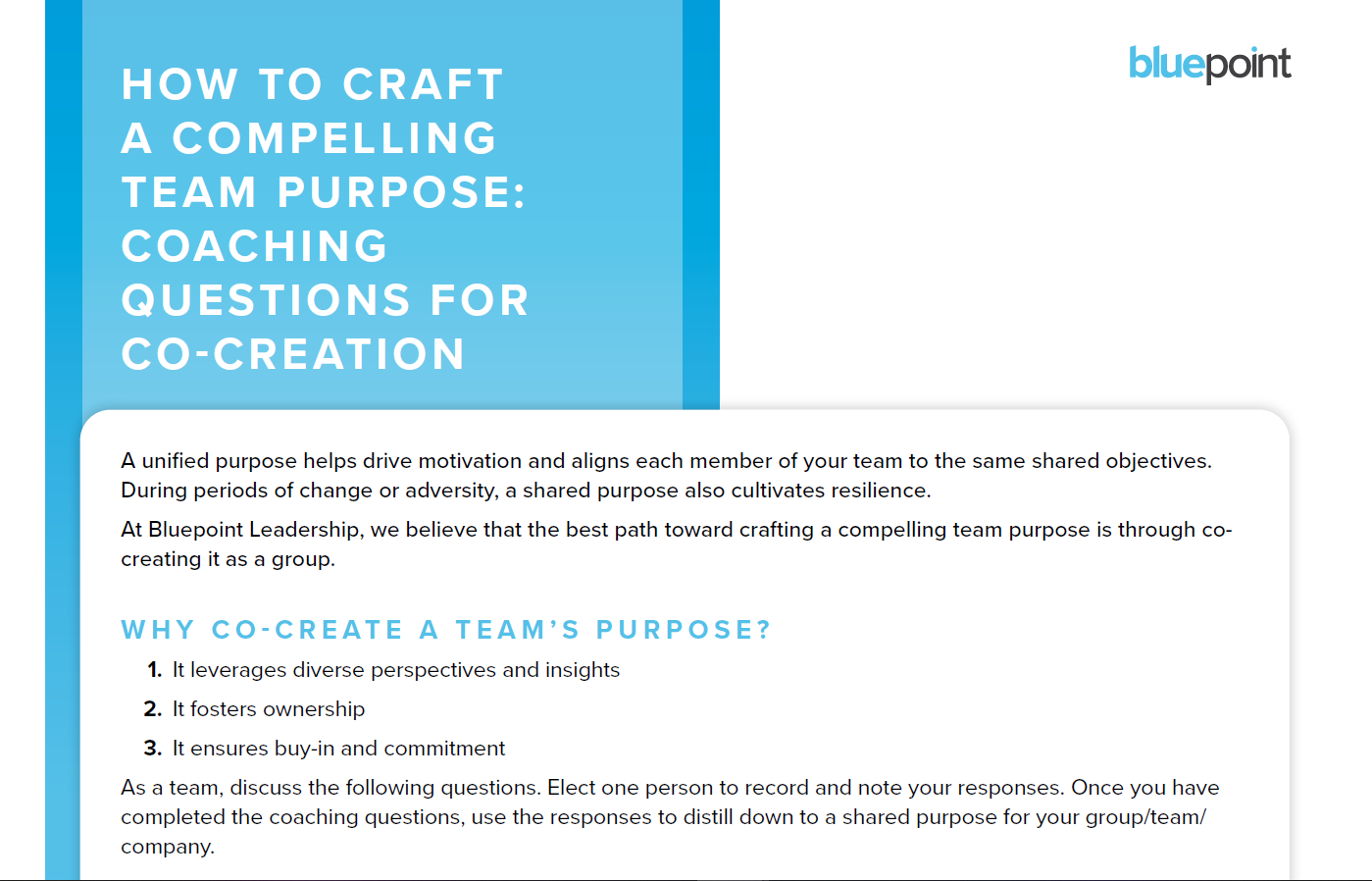Leaders often have to engage in difficult conversations. While the specific topic of a difficult conversation may be a very challenging problem, your objective as a leader is to help the other person emerge from the conversation (or conversations) able to perform at a sustained higher level. There are five core practices in this model:
AFFIRM the person
- The foundation for receptivity to feedback, learning, and development is affirmation.
- Affirmation has been shown to generate high levels of energy, engagement and commitment.
- Examples of affirmations include specific observation and personal reactions. Individuals are more likely to believe the veracity of what they are hearing if they are faced with specific instances of where they have exhibited behavior.
CONFRONT the facts
- Productive and authentic conversations can only happen when rooted in the realities of the day, no matter how harsh, and when the truth is sought out, no matter how difficult to hear.
- Besides confronting the person with helpful feedback, also seek to confront the other person with their own values, aspirations and potential.
- Good confrontations are given as gifts with good intentions.
EXPLORE the possibilities
- Help the other person find options. There is power in options. If they believe they have only one path forward, they often have a sense of powerlessness. Power comes from having options.
- Provide the other person with fresh eyes to see things they would not otherwise see.
ENCOURAGE the change
- Remind the person that they are the architect of their own career and life, and have the capacity to learn and change.
- Offer support while insisting that the other person remain accountable for their own choices and future.
ADVANCE the action
- Without action or change of some sort, it has just been a nice conversation. Encourage the other person to take accountability for a change – an attitude, approach, behavior or habit.
- Often, we can be most effective when we help the other person identify and commit to the most potent first step towards their objective.
- Clear accountability to others and oneself fuels the effort required to create sustained change.
Instructions:
Using the above framework, ready yourself for an upcoming difficult conversation by jotting down specific answers to the questions in the attached exercise. After completing the exercise, you will be better prepared to engage in a difficult conversation.
Contact Us
To help us better address your inquiry, please complete the information below:
Related Resources
Connect with Us Today!
This is a gated resource. Contact sales at info@bluepointleadership.com for more information or reach out here: Contact Us
This is a member-only resource. Contact sales at info@bluepointleadership.com for more information.





